The Big Meadow trailhead is the start for a number of excellent wildflower hikes in the South Lake Tahoe area. Want a short hike to see a beautiful meadow with wildflowers? Start at Big Meadow! Want a long hike out to a beautiful mountain lake with many kinds of wildflowers on the way? Start at Big Meadow! For this hike we started at Big Meadow and continued on to Dardanelles Lake, and we found a great abundance and variety of wildflowers. This was about an 8 mile round trip hike, but you can make it much shorter and still see many wildflowers.
Click on any photograph to see a larger image.
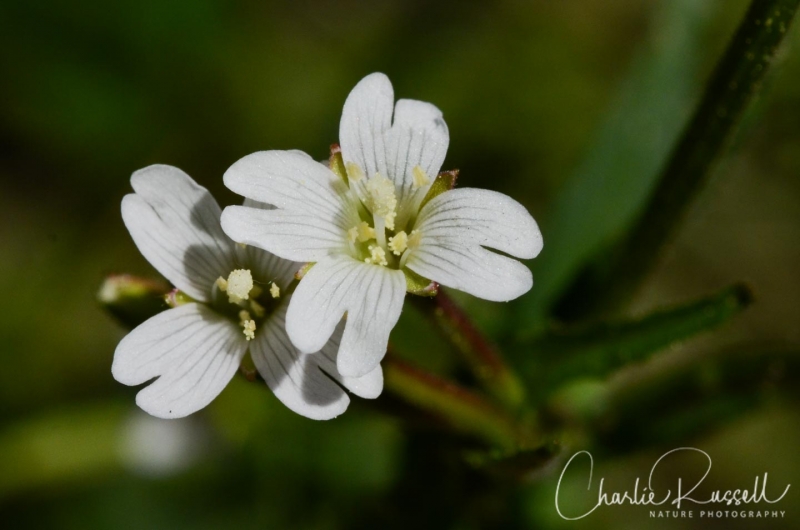
The Hike
The hike I’m describing here is an out-and-back hike of about 8 miles with a fair amount of elevation change. You start off at 7200 feet and climb up to 8100 feet, then back down to 7600, and then you retrace your steps. If that is too much, you can shorten this to 5 miles and still see many wonderful flowers. If that is still too much, just hike to Big Meadow, which is about 2 to 2.5 miles round trip, and you still have great wildflowers (just not as much variety).
The Big Meadow trailhead is a part of the Tahoe Rim Trail. From the parking lot you cross over Highway 89 (watch for speeding cars!) and head up a slope on a trail that is mostly broken granite boulders. I should mention, though, that it took me at least 20 minutes to just get out of the parking area, as there were quite a few wildflowers right there.

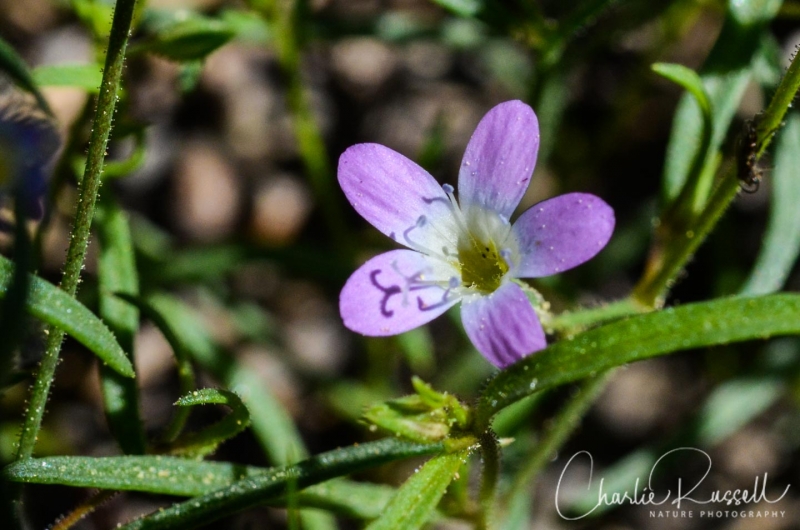
After roughly a mile you come to the edge of Big Meadow. The trail branches here, with the trail to Scotts Lake heading to the southeast along the edge of the meadow. You want to head straight south into the meadow, across Big Meadow Creek. There is a bridge across the creek, but early in the season this will be hard to cross without getting wet.
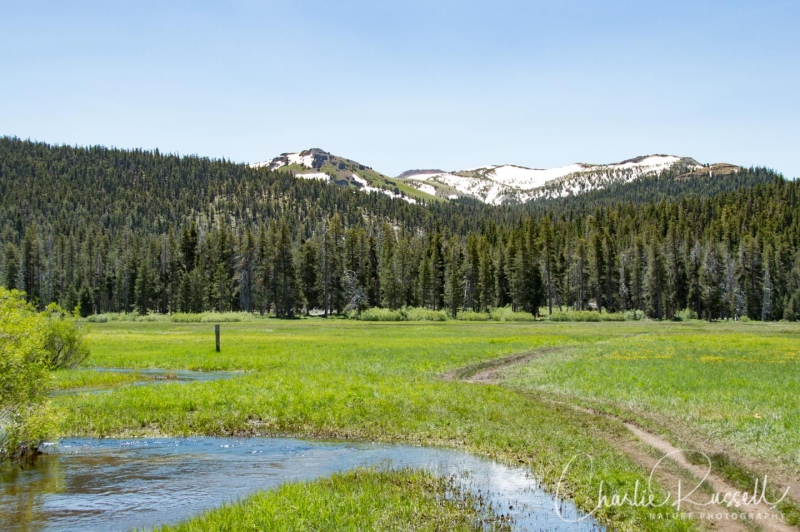
The meadow was full of flowers, including Meadow penstemon, several kinds of asters, American bistort, and more. It is a great destination for wildflowers!
Heading out, we crossed this mid-day, and the mosquitoes weren’t that noticeable. On the way back, in the evening, mosquitoes made their presence known. We also came across a variety of butterflies looking for moisture and minerals right in the pathway.

There is a well-established trail across the meadow. On this hike the path was mostly dry and easy to traverse.
After you cross the meadow the trail winds uphill gently, through mixed forest with a number of smaller glades. There were quite a few different flowers along this section. Some of these open spots were dry, with an abundance of Pretty face and Arrowleaf balsamroot, others had streams or springs with Macloskey’s violets, Alpine shooting stars, and more.
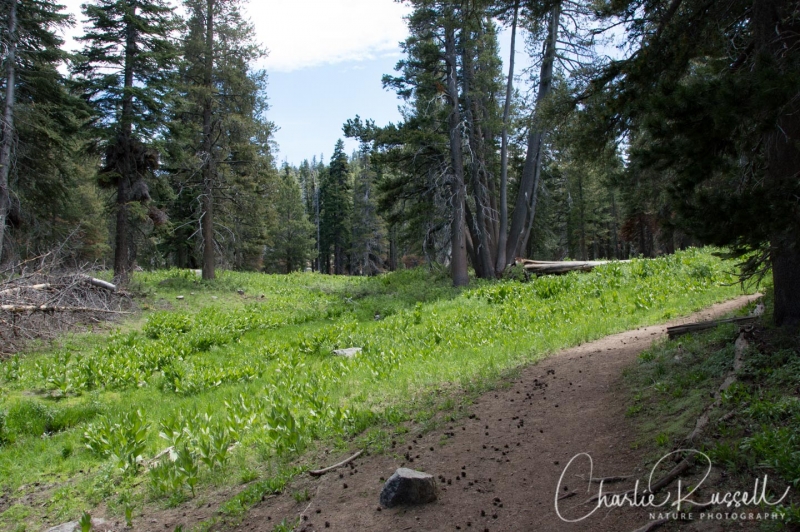
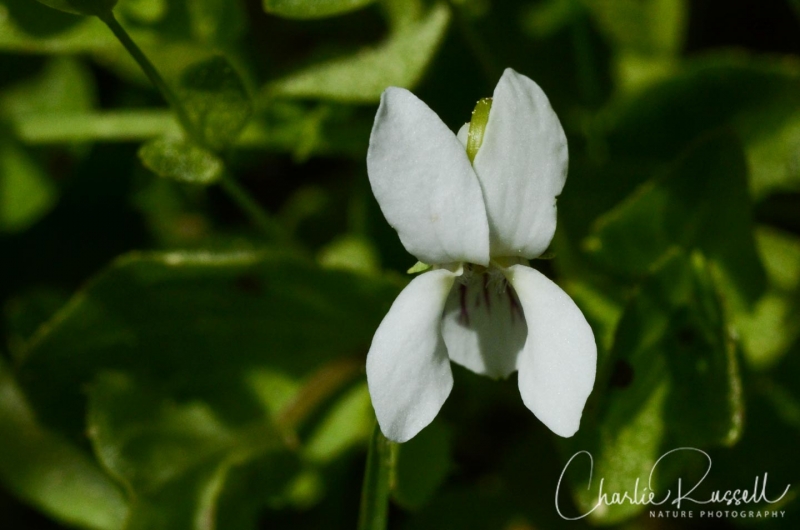
About 2.5 miles in you come to a crest with a view of the snow-covered mountains ahead. This is a good point to decide on how far you want to go. Turn around here, you will finish with a 5 mile hike at altitude with a lot of flowers. Perhaps we should have turned around here?
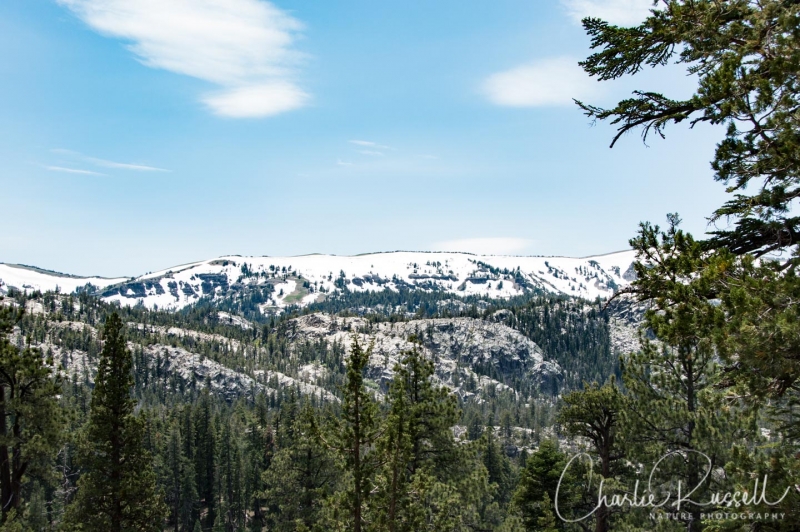
If you continue, the trail winds down a steep slope, and it is another 1.5 miles to the lake. That means another 3 miles round trip on top of everything. Keep in mind that you have to come back this same way, which means that you will have to climb up this slope. If we had been smart we would have turned back here, because 8 miles at this altitude isn’t all that easy. However, it was worth the effort, because after you descend this section there is a another selection of wildflowers different than what you’ve seen so far. Plus beautiful streams and a wonderful lake!
At the bottom of the hill there will be a branch in the trail with a signpost. These signs can be confusing if you don’t know all of the features in the area. You don’t want to head towards Round Lake (which is a different hike), instead you want to take the branch that is marked “Lake Valley”, heading north.
This is a great area for Snow plants! Such a fascinating plant. There were many scattered about in the forest near the trail.
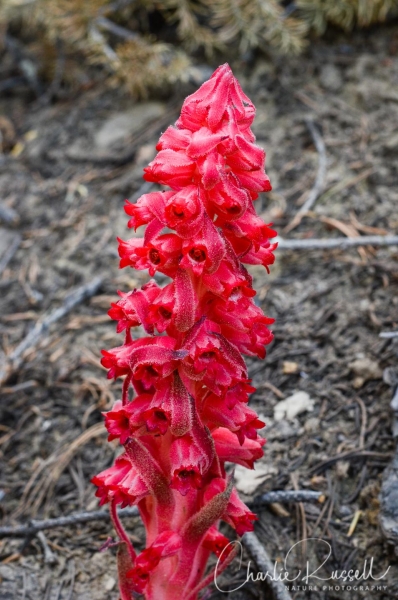
Just short of 3 miles you come to a another marked branch in the trail. Turn west towards Dardanelles Lake.
There will be several stream crossings. This time of year we didn’t have much difficulty with these crossings, but earlier in the year you may get wet.
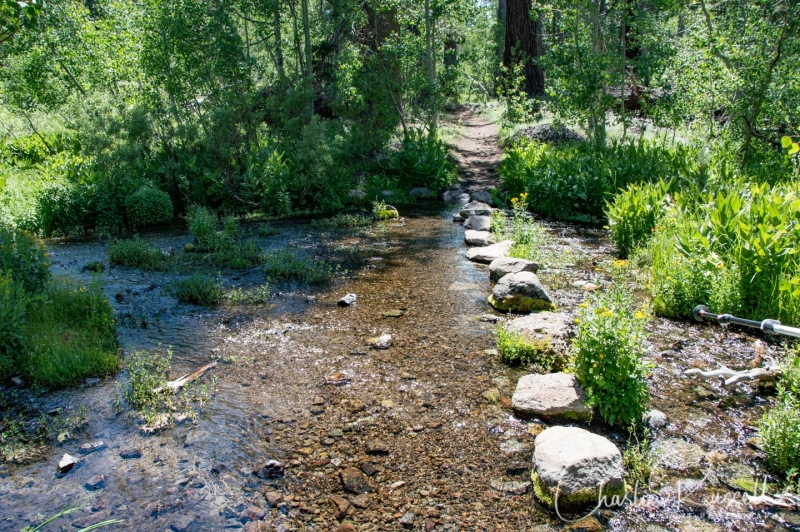
After this, a short climb over a ridge, and you are at Dardanelles Lake!
Here’s the track that we followed:
TITLE
Profile
Description
Click the track to see an elevation graph. Move your mouse along the elevation graph to show the location on the map. The Refresh icon will re-center the map.
Timing is Everything
This trip was taken in the first week of July in a year where we had a lot of winter snow. The flowers were at their peak, the meadow wasn’t too wet to cross, and the streams were easily crossed. Temperatures were in the low to mid 80’s by midday, but that wasn’t too bad because much of the trail is shaded.
If we had gone earlier this year we would have gotten very wet, as the streams would have been covering the bridge (at the meadow) and the rocks we used to cross streams nearer the lake. However, in a normal snow year, you might consider going in mid to late June.
This is a popular trailhead, so if you can go on a weekday you will avoid a crowd.
Directions
The trailhead is on Highway 89 south of South Lake Tahoe. The road to the parking lot is well marked. A good amount of parking, but it will probably be crowded on summer weekends. There are toilets.
The trail is open to hikers, mountain bikers and equestrians, so you will share the trail. It wasn’t a problem for us at all (on a weekday).
Big Meadow Wildflowers
Please feel free to help me with the identification of any “unidentified” flowers listed here, as well as correcting any errors I may make. Click on any photograph to see a larger image
Scarlet gilia always reminds me of fireworks. Lots of this near the parking lot, and at other spots along the trail.

Crimson columbine can be found along many Sierra streams, but I still get excited when I find it. Such striking colors.
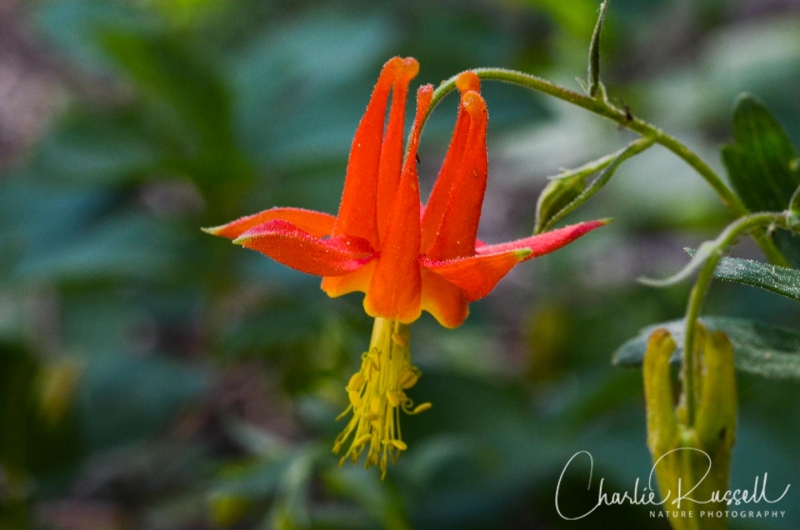
Another Sierra flower with brilliant colors is Mountain pride, mostly found near Dardanelles Lake this time.
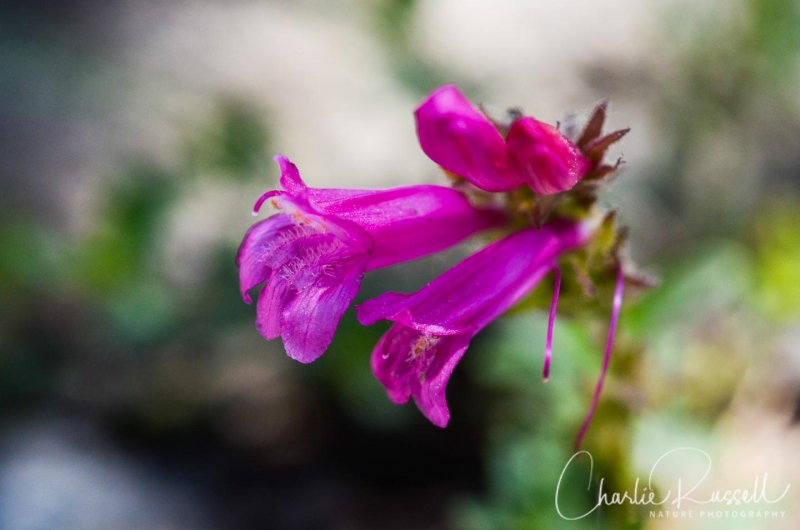
While there are many large and showy flowers, I also enjoyed finding many “microflowers”, plants that are low to the ground and have flowers that are very small. Look close and you will find beautiful plants that many hikers may miss!
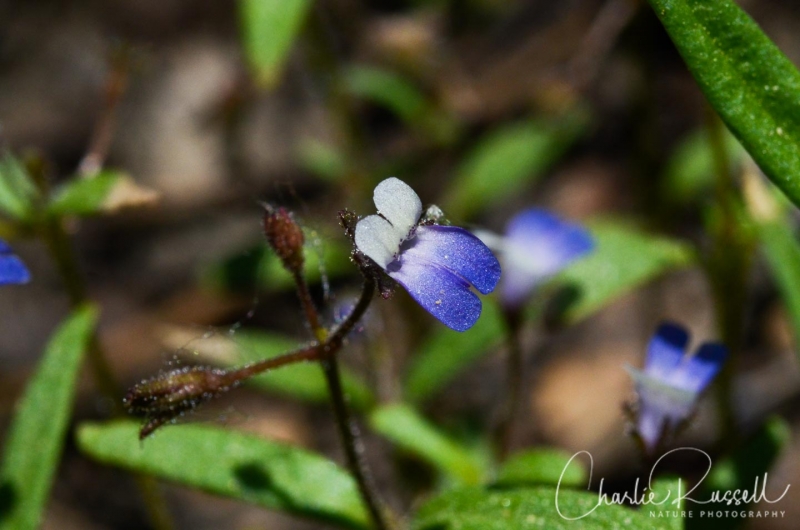
Tuber starwort is a small flower, but I find it quite striking.
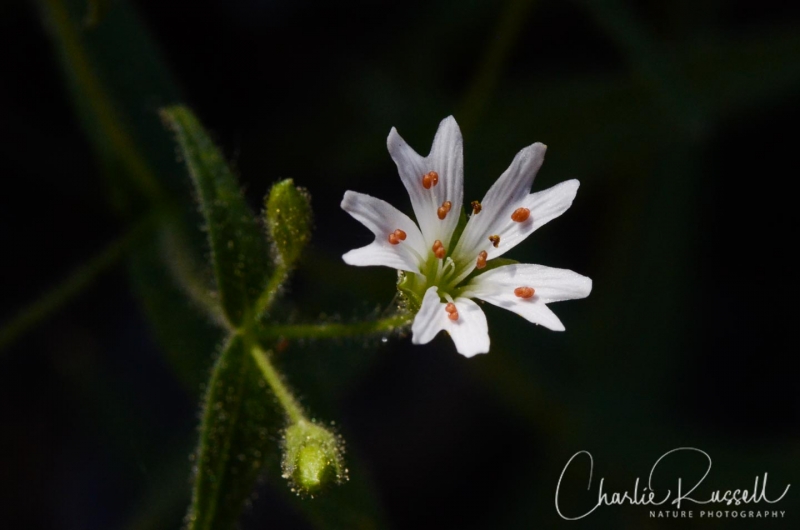
Common names for some plants don’t do justice for the attractiveness of the flower!
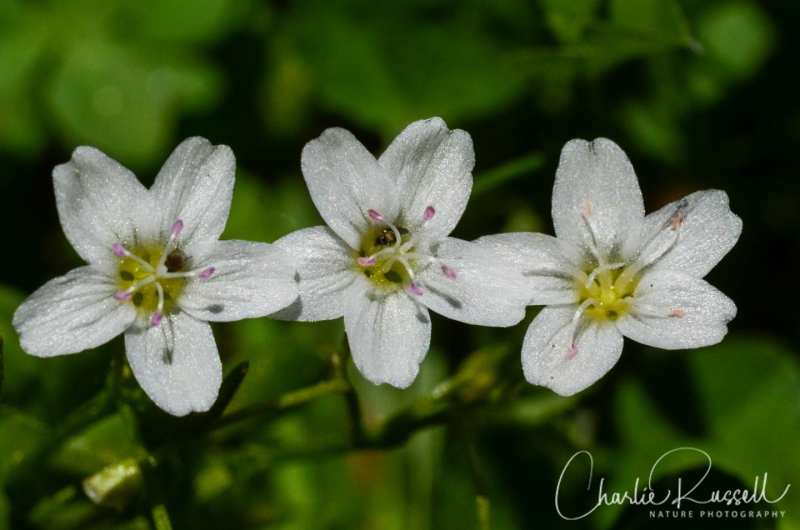
In the glades past Big Meadow we found more Pretty face than I think I’ve seen in one place.
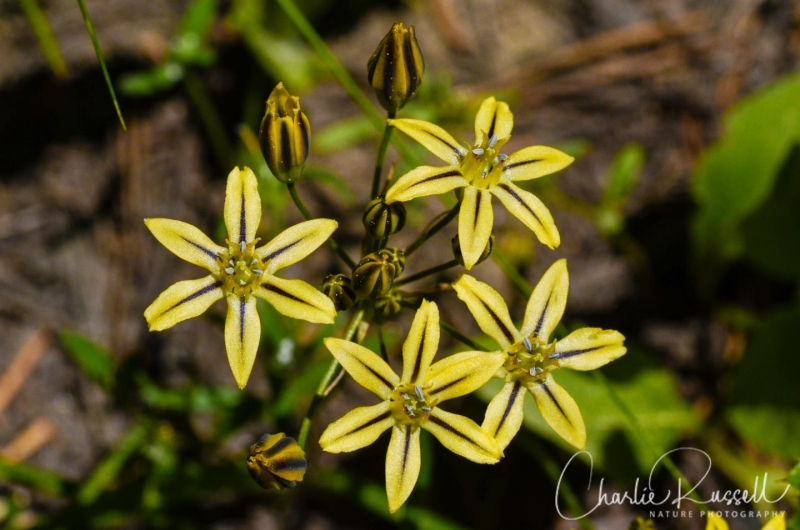
I always get excited when I find native orchids. This is one of the reasons why you want to take the longer hike towards the lake, as we found these along the streams farther in the hike.
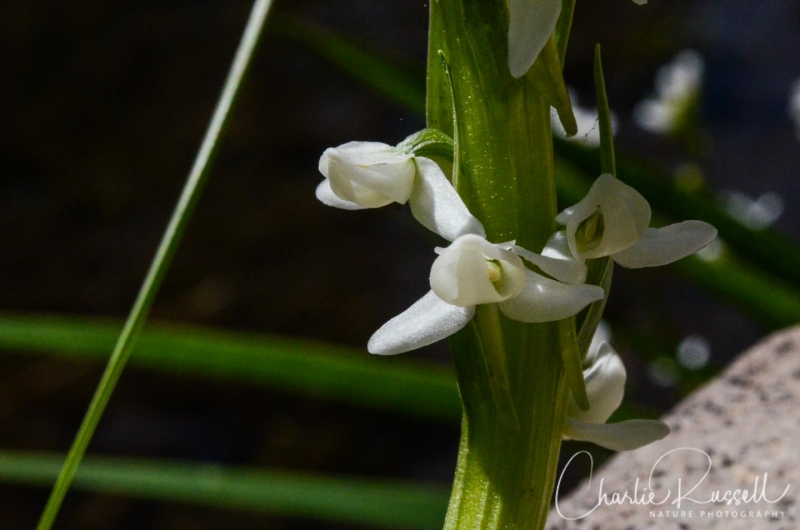
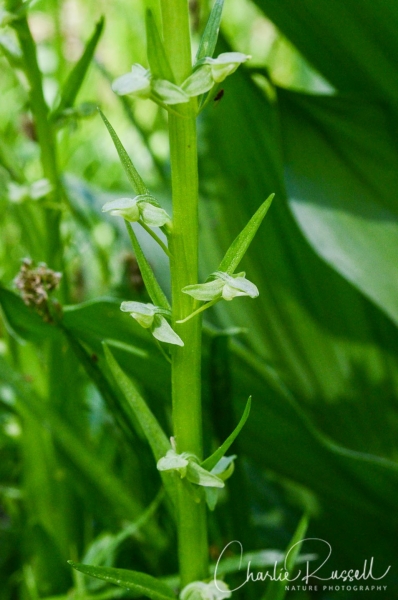
For the best viewing experience, click on the lightbox image below, and you can scroll through larger versions of the photos of many of the plants (and other things) that we found on this hike. All photos are available for purchase in a variety of formats.
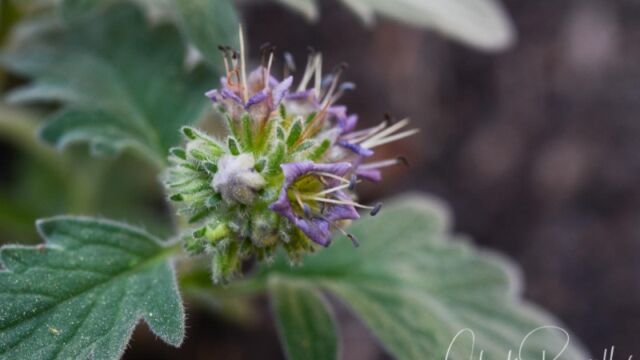
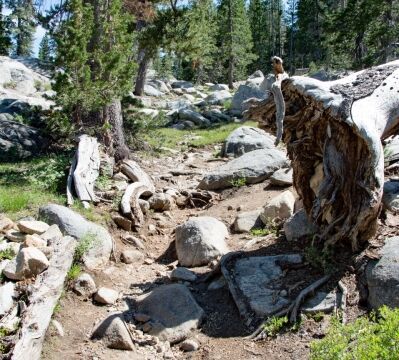
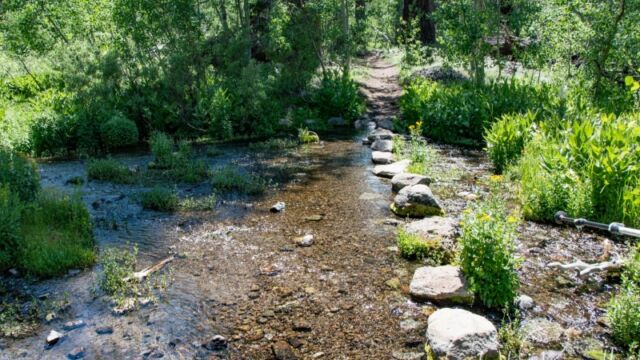
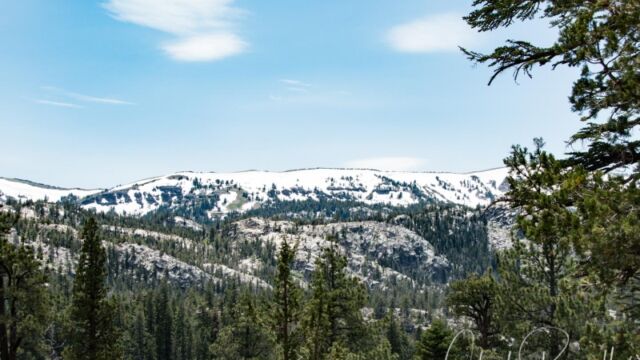
Here’s a listing of what I found on this visit:
- Bigleaf lupine (Lupinus polyphyllus)
- Sierra onion (Allium campanulatum)
- Common yarrow (Achillea millefolium)
- Whiskerbrush (Leptosiphon ciliatus)
- Slender monkeyflower (Mimulus leptaleus)
- Suksdorf’s monkeyflower (Mimulus suksdorfii)
- Seep monkey flower (Mimulus guttatus)
- Dwarf groundsmoke (Gayophytum humile)
- Green headed rush (Juncus chlorocephalus)
- Sticky cinquefoil (Drymocallis glandulosa)
- Slender cinquefoil (Potentilla gracilis)
- Fendler’s meadow rue (Thalictrum fendleri), both male and female plants
- Lemmon’s catchfly (Silene lemmonii)
- Coyote mint (Monardella odoratissima)
- Side grooved cryptantha (Cryptantha affinis)
- Spreading dogbane (Apocynum androsaemifolium)
- Mountain butterweed (Senecio integerrimus)
- Coulter’s daisy ((Erigeron coulteri)
- Shining fleabane (Erigeron barbellulatus)
- Pussy paws (Calyptridium umbellatum)
- Meadow pussytoes (Antennaria corymbosa)
- Western wallflower (Erysimum capitatum)
- Harsh popcorn flower (Plagiobothrys hispidulus)
- Rydberg’s penstemon (Penstemon rydbergii)
- American bistort (Bistorta bistortoides)
- Meadow larkspur (Delphinium nuttallianum)
- California valerian (Valeriana californica)
- Nevada lewisia (Lewisia nevadensis)
- American speedwell (Veronica americana)
- Waterleaf phacelia (Phacelia hydrophylloides)
- Baker’s violet (Viola bakeri)
- Macloskey’s violet (Viola macloskeyi)
- Arrowleaf balsamroot (Balsamorhiza sagittata)
- Woolly mule ears (Wyethia mollis)
- Jessica’s stickseed (Hackelia micrantha)
- Alpine shooting star (Primula tetrandra)
- Bulbous woodland star (Lithophragma glabrum)
- Feathery false lily of the valley (Maianthemum racemosum)
- Fringed willowherb (Epilobium ciliatum)
- Monkshood (Aconitum columbianum)
- California corn lily (Veratrum californicum var. californicum)
- Streamside bluebells (Mertensia ciliata)
- Mountain jewelflower (Streptanthus tortuosus)
- Wax currant (Ribes cereum)
- Sticky currant (Ribes viscosissimum)
- Red elderberry (Sambucus racemosa)
- Double honeysuckle (Lonicera conjugialis)
- Bitterbrush (Purshia tridentata)
- Brewer’s mountain heather (Phyllodoce breweri)
- Castilleja spp.
- Ranunculus spp.
- Unidentified asters
- Sparse flowered bog orchid (Platanthera sparsiflora)
- Sierra bog orchid (Platanthera dilatata var. leucostachys)
- Pretty face (Triteleia ixioides)
- Toad lily (Montia chamissoi)
- Tuber starwort (Pseudostellaria jamesiana)
- Torrey’s blue eyed mary (Collinsia torreyi)
- Mountain pride (Penstemon newberryi)
- Crimson columbine (Aquilegia formosa)
- Scarlet gilia (Ipomopsis aggregata)
- Snow plant (Sarcodes sanguinea)
- Bridges’ gilia (Navarretia leptalea)
- Minute willowherb


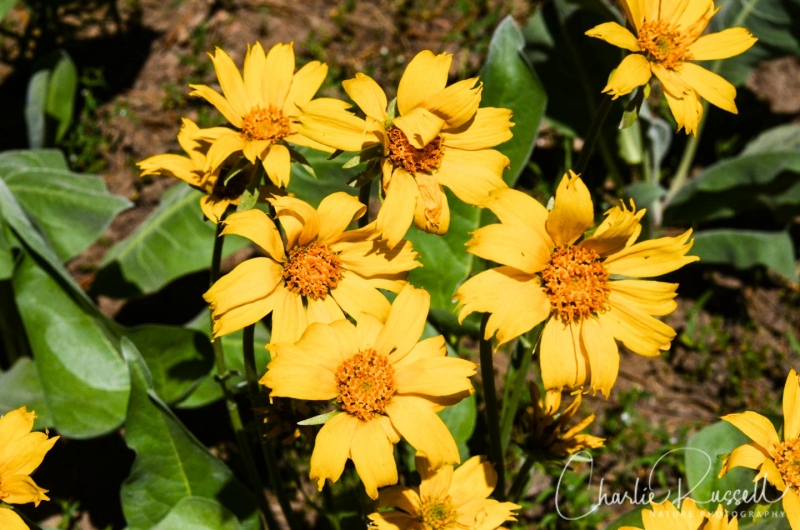
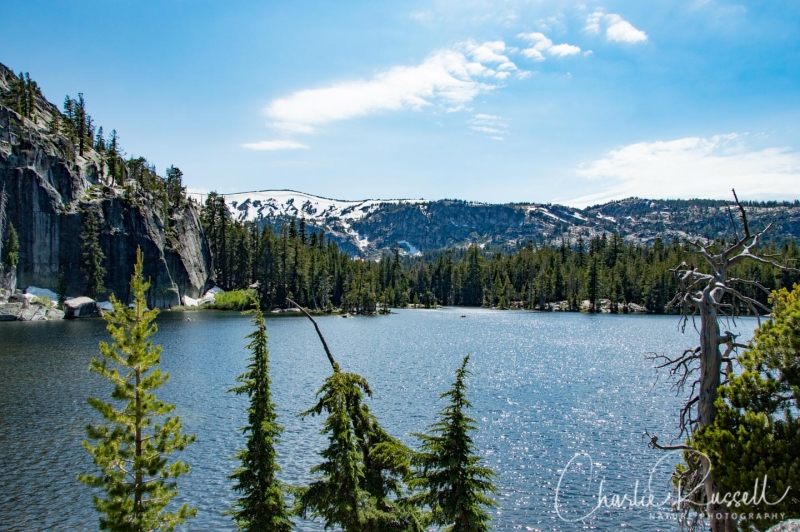

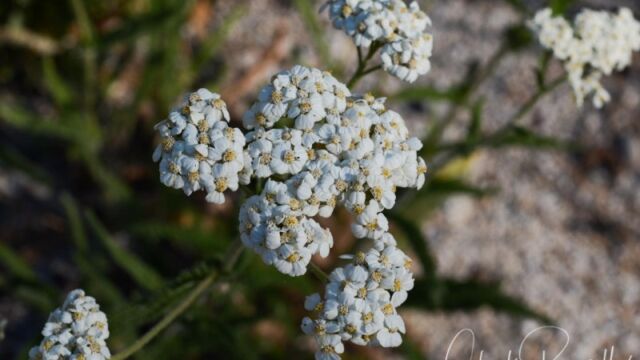
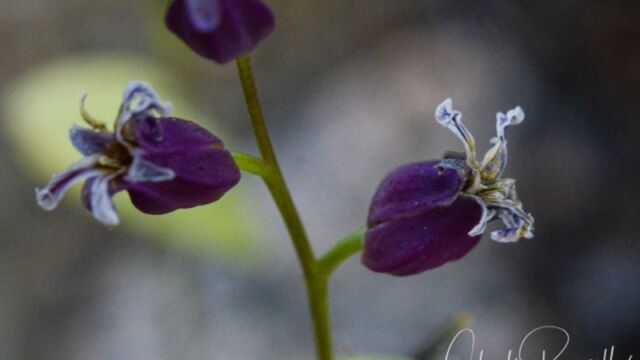
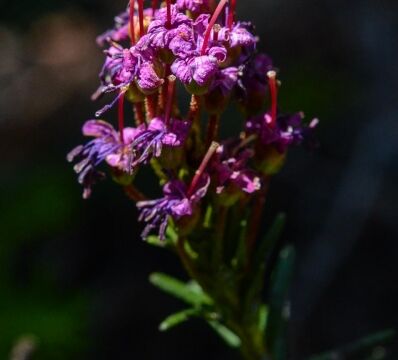
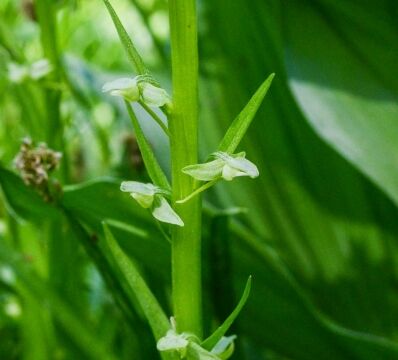

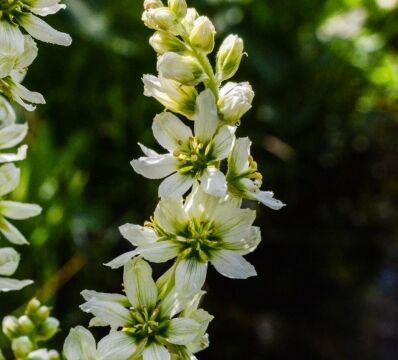

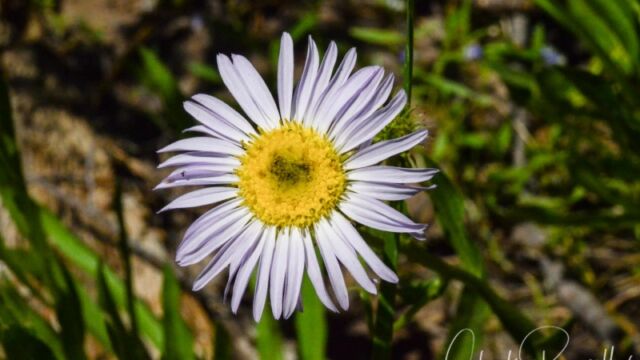
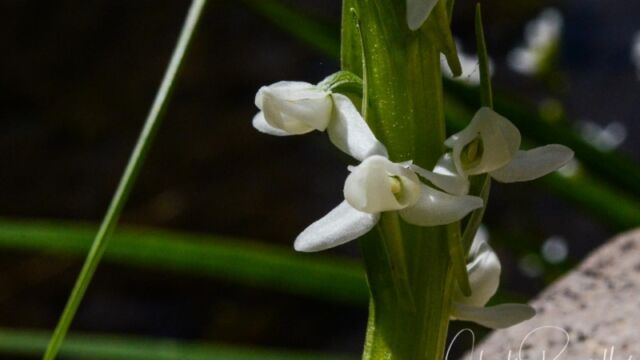
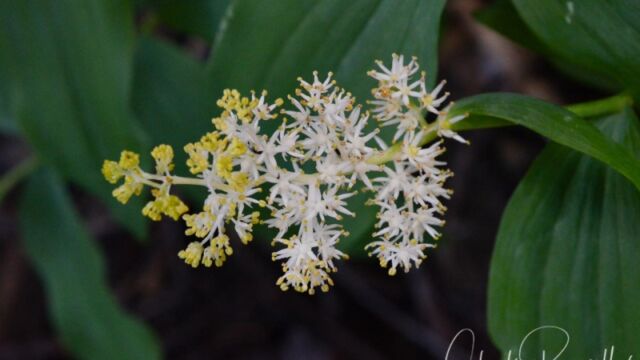
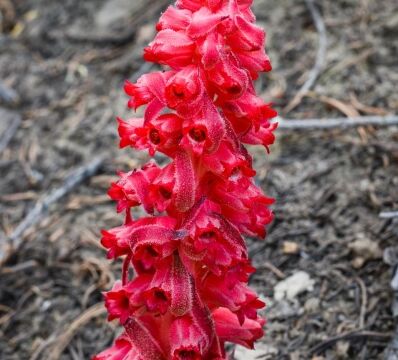
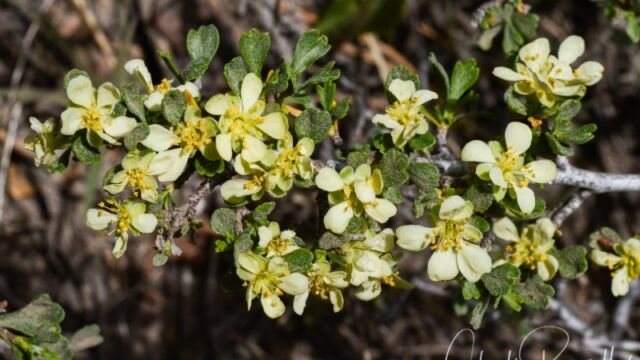

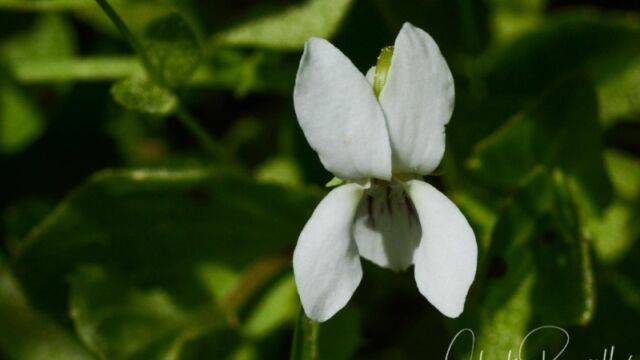
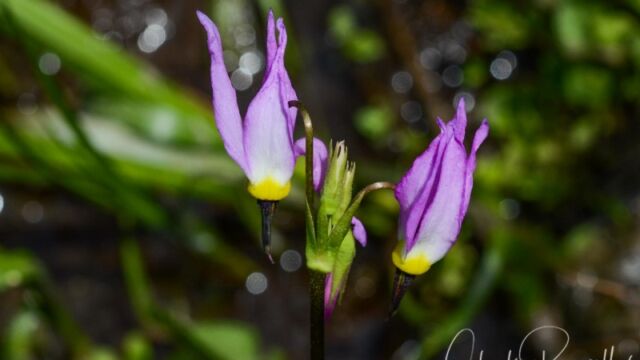
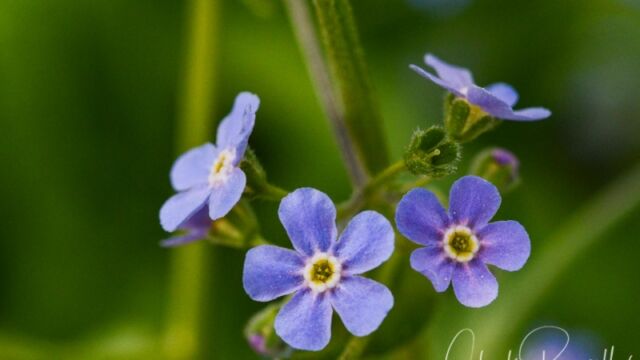
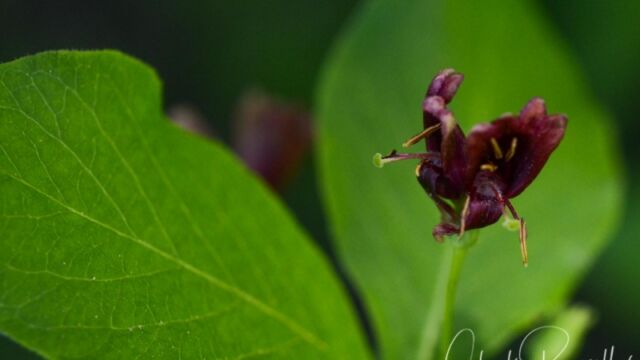
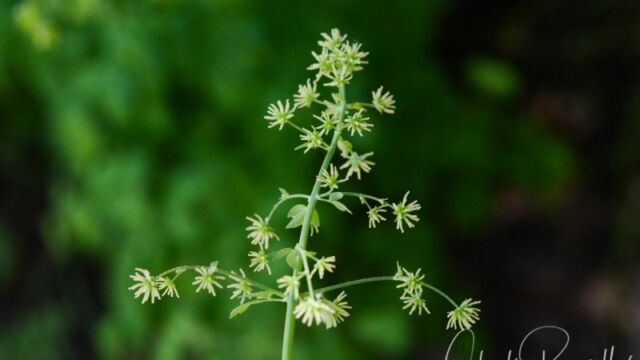
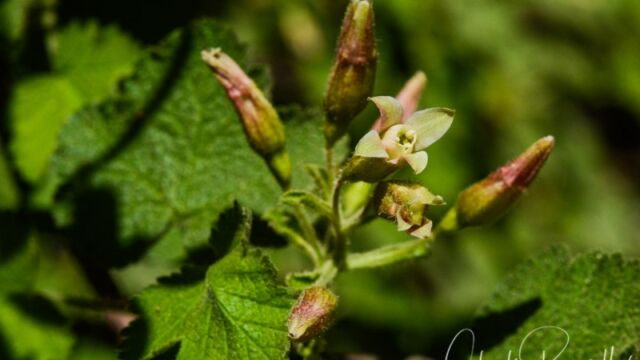
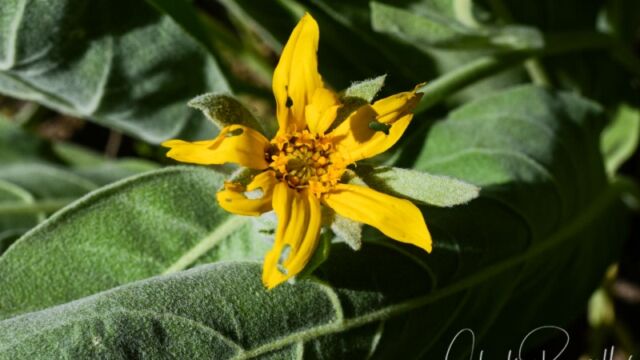
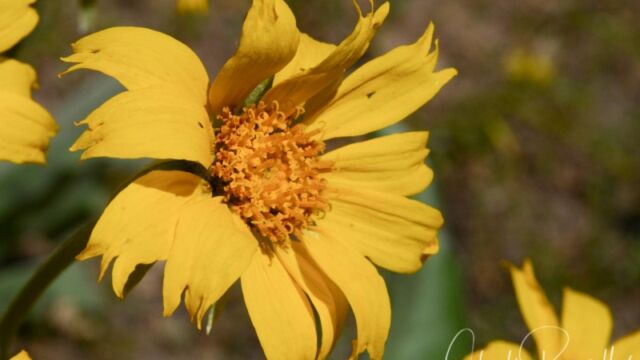
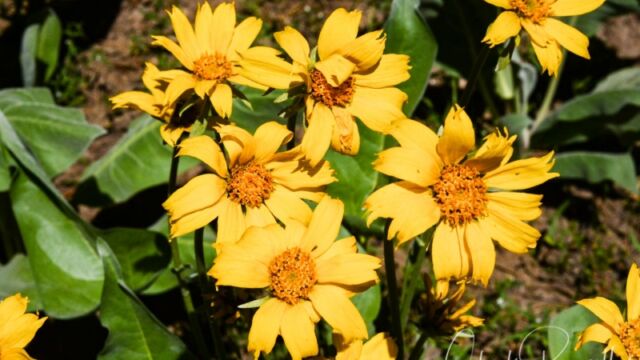
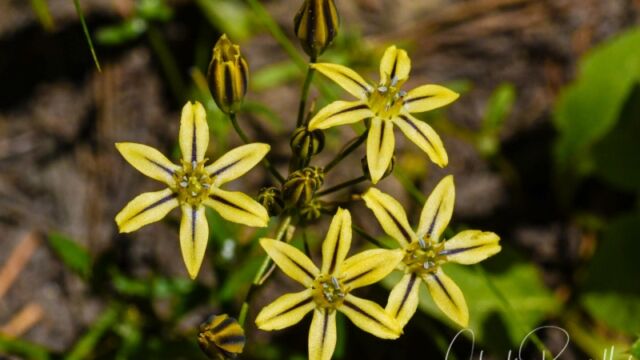
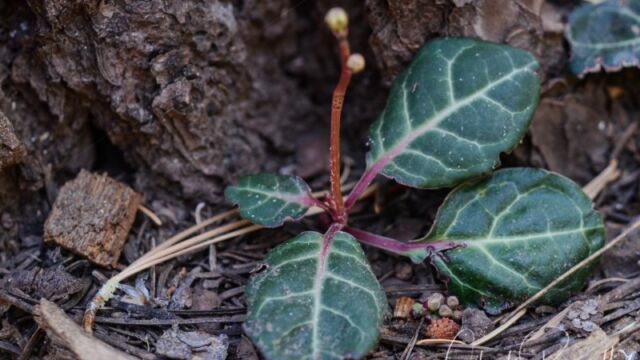
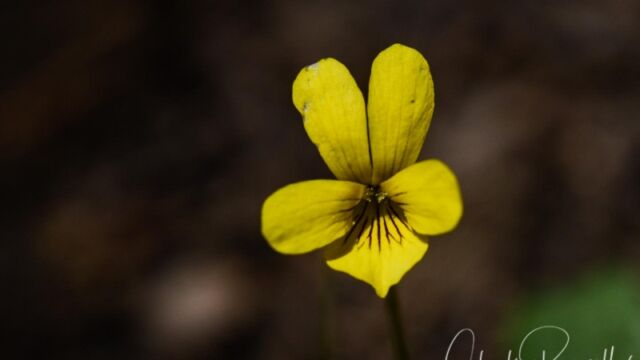


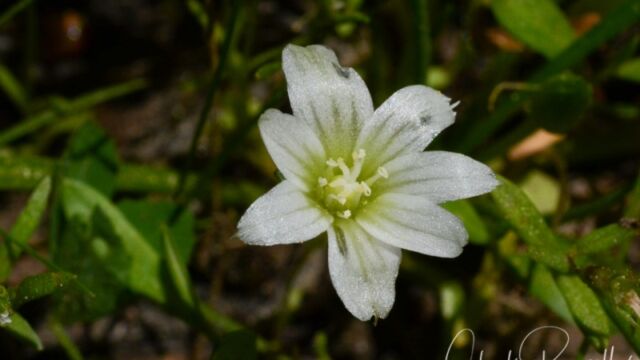
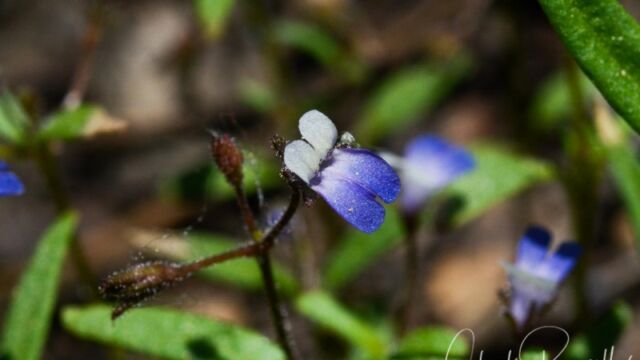

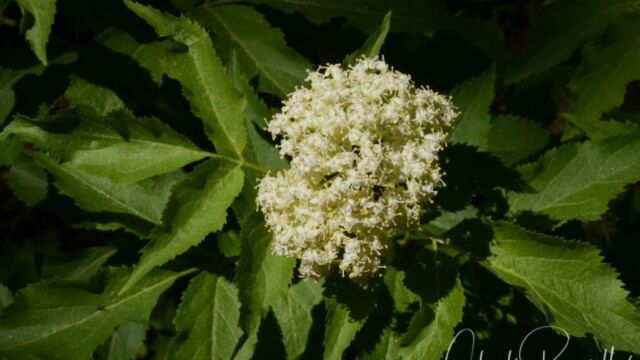
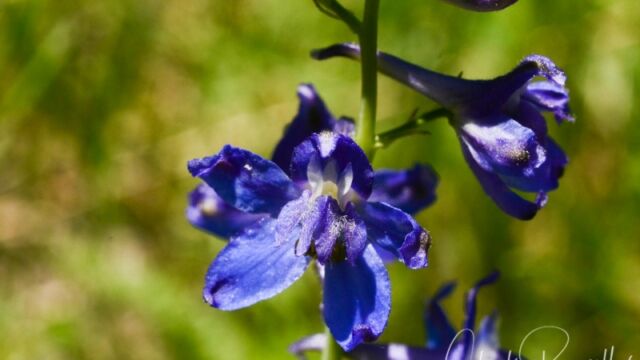
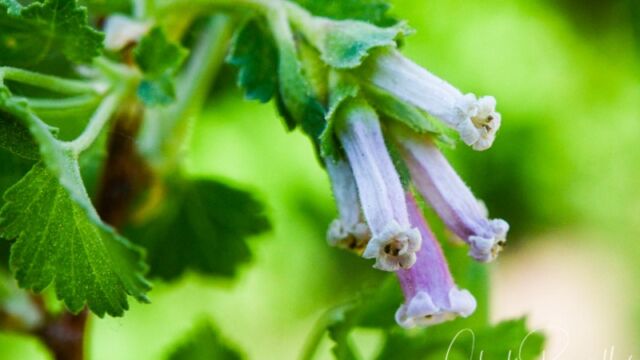

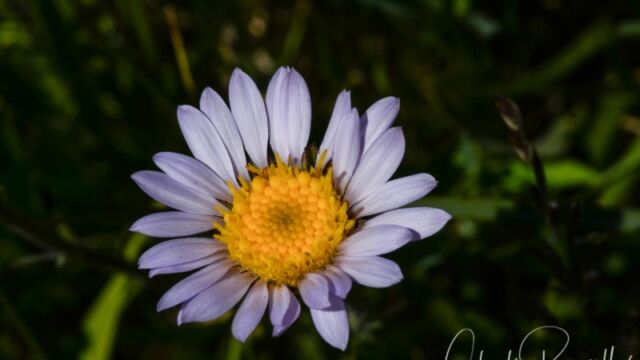
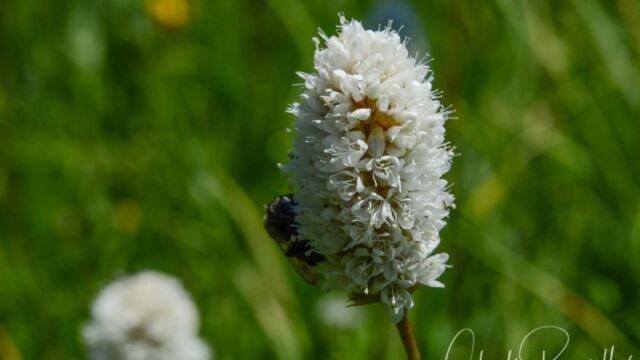
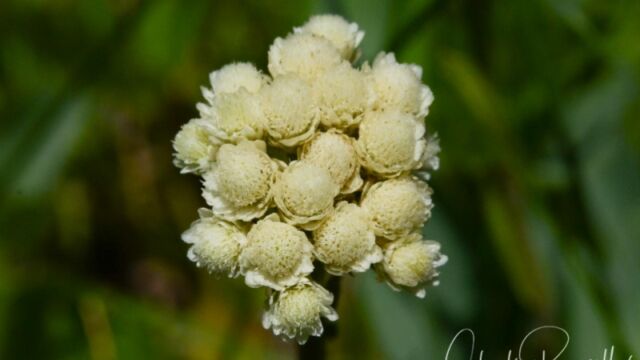

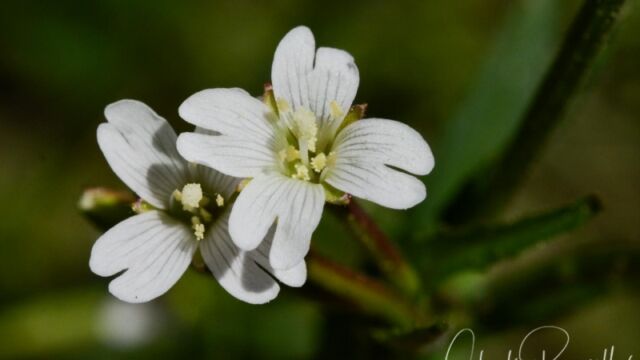
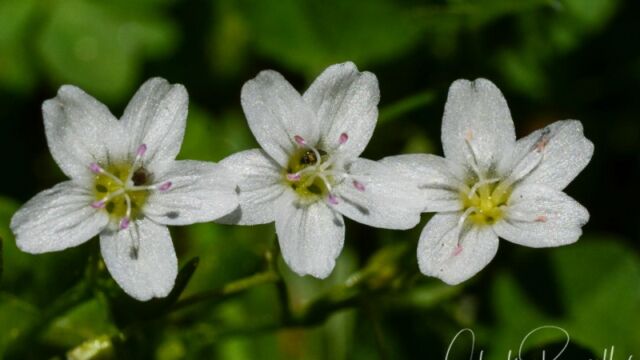
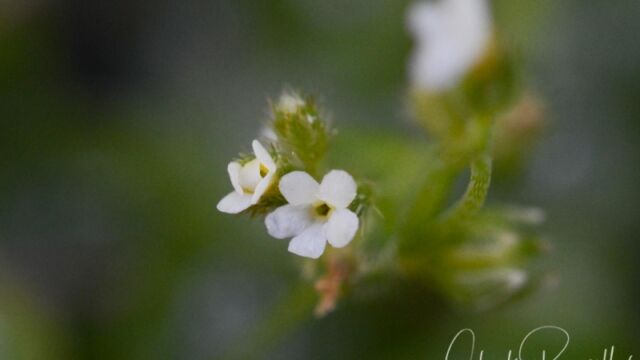
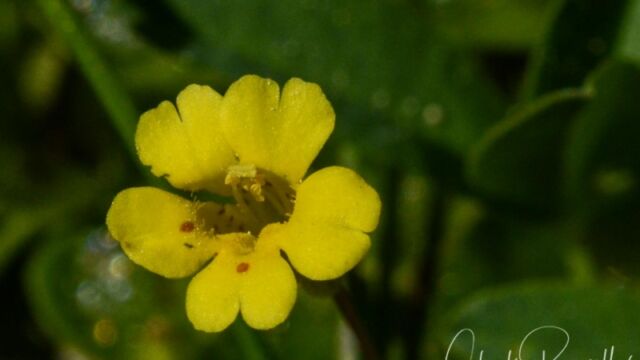
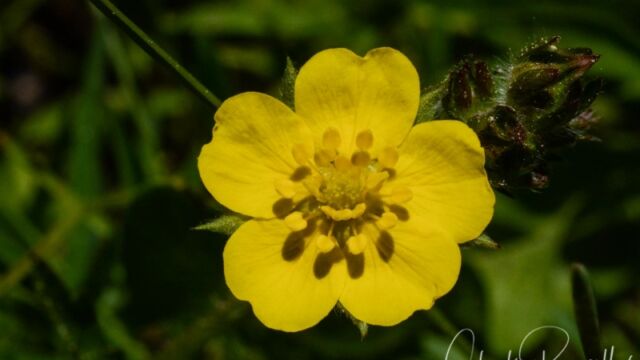
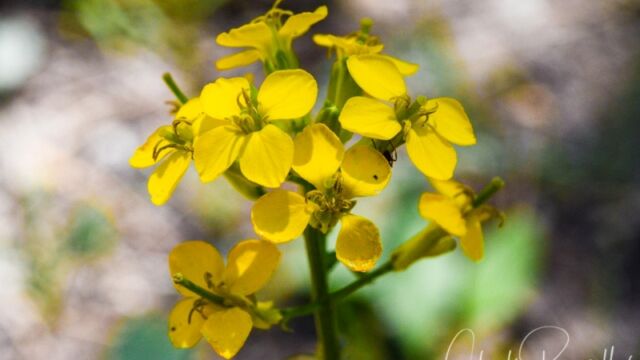


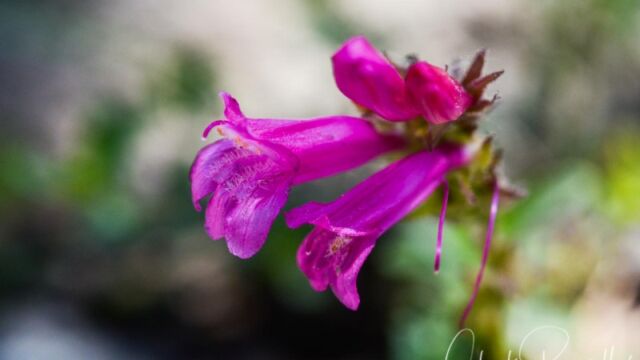
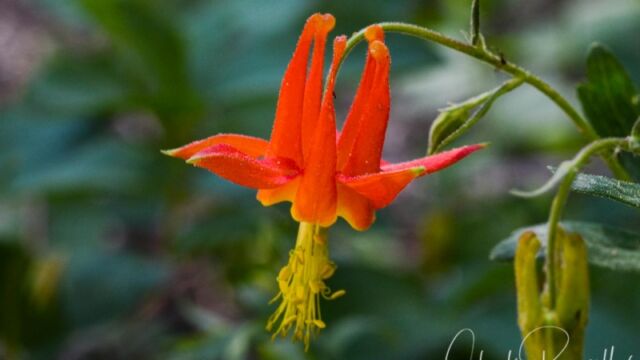

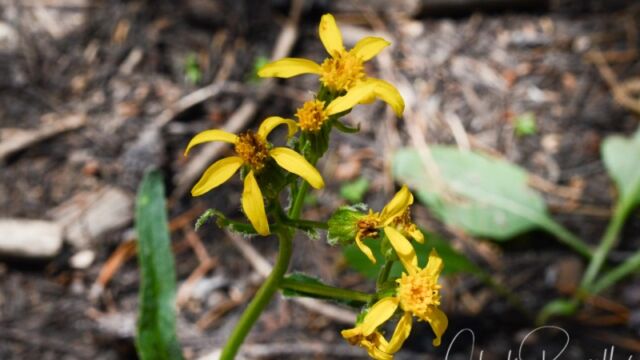
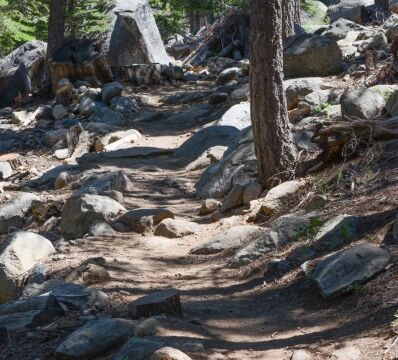
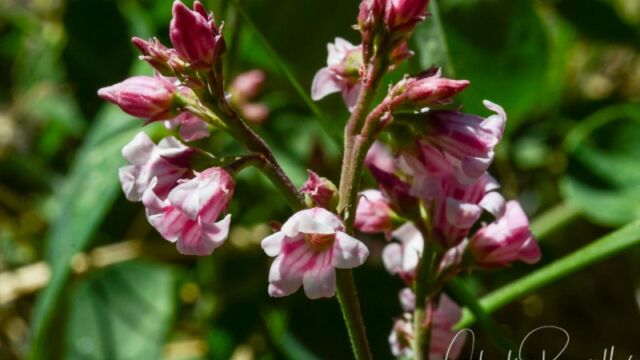
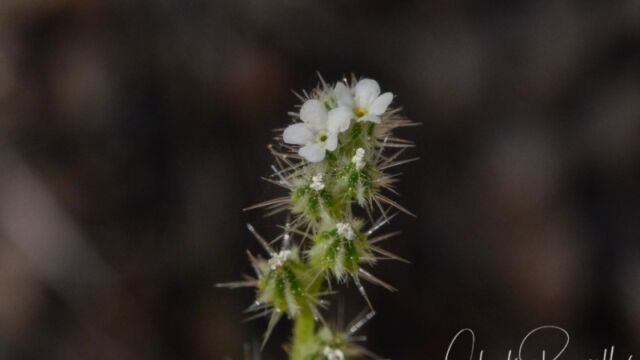
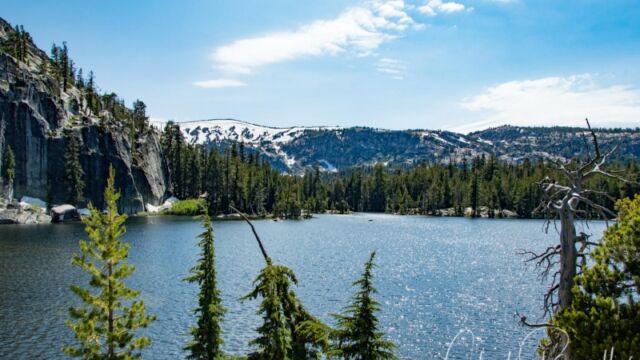
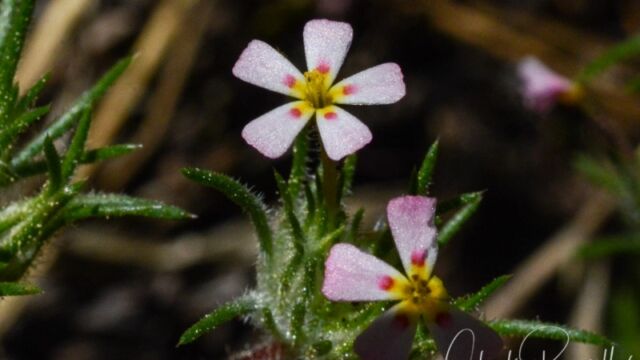
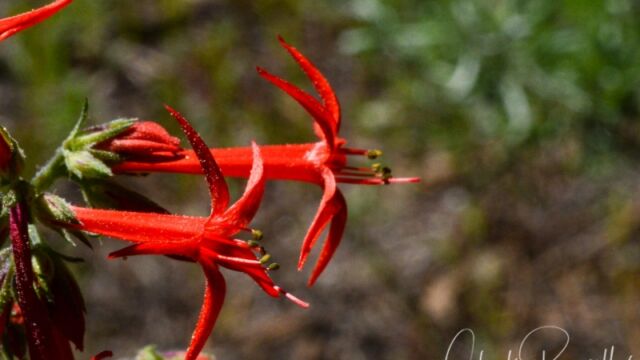
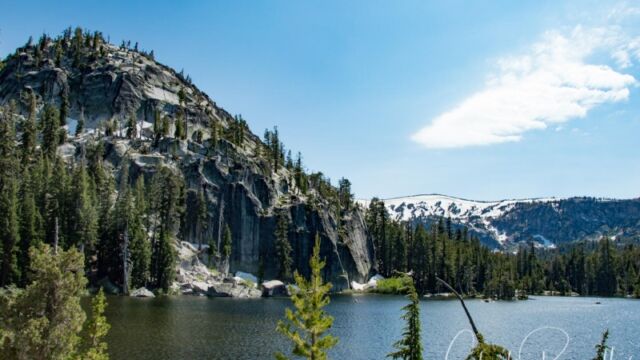
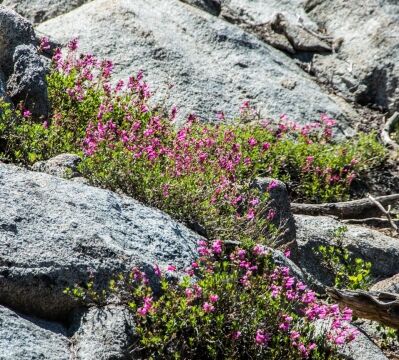
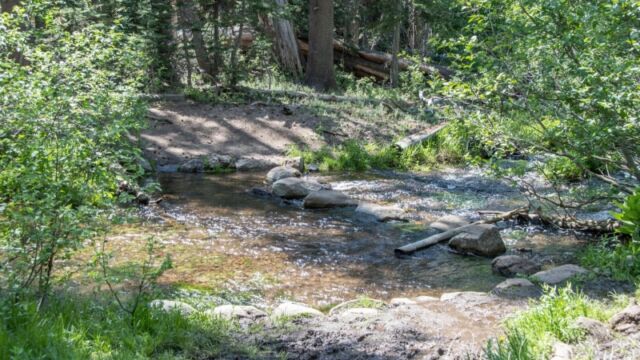
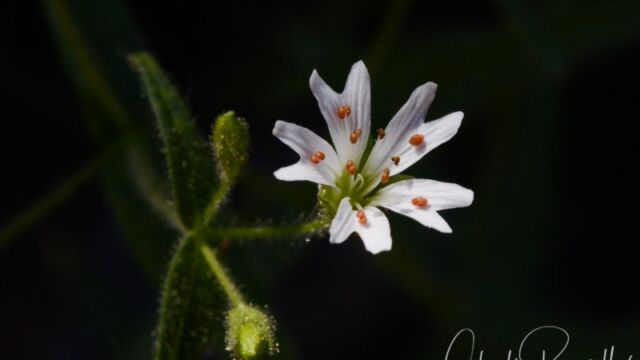
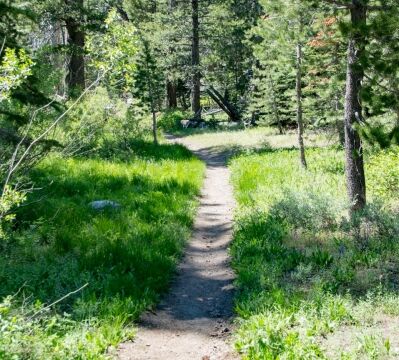


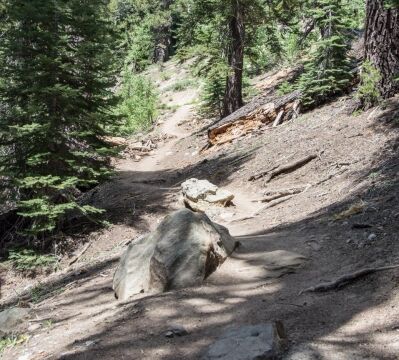

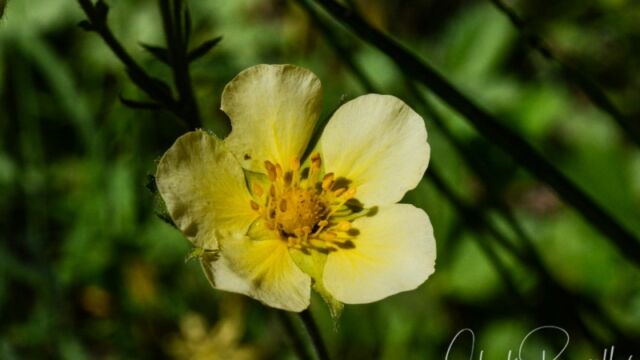
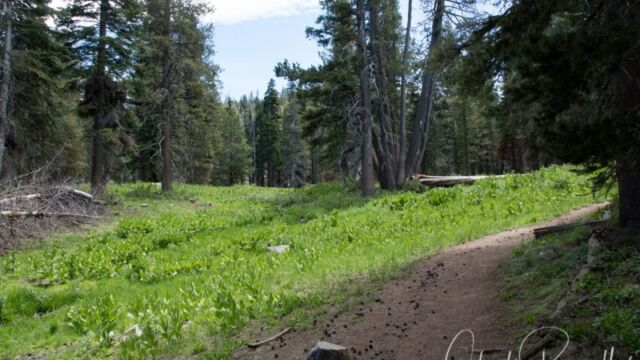
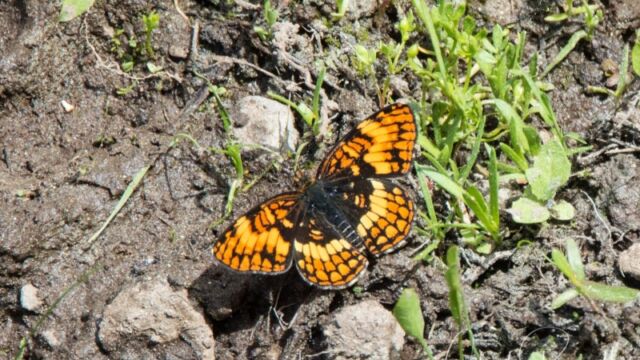
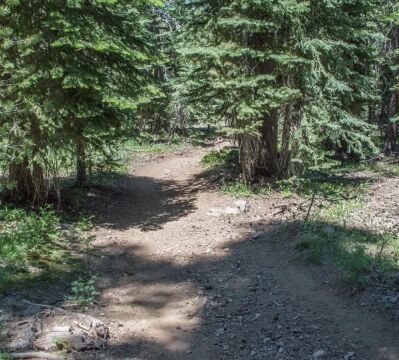
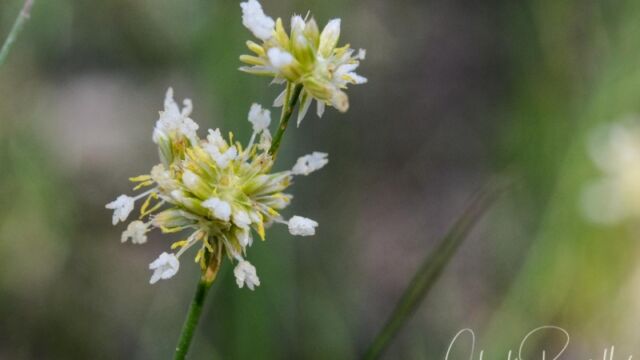
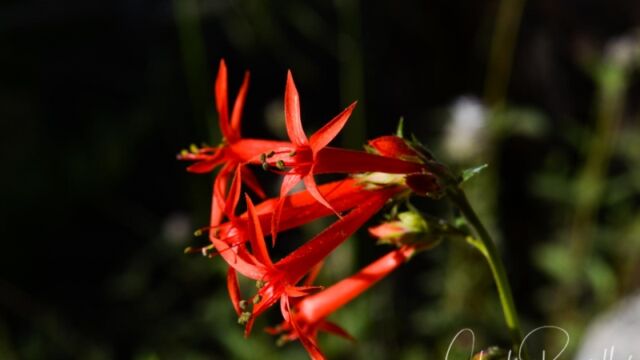
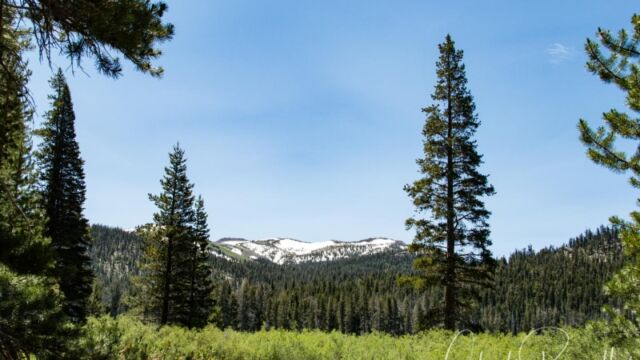
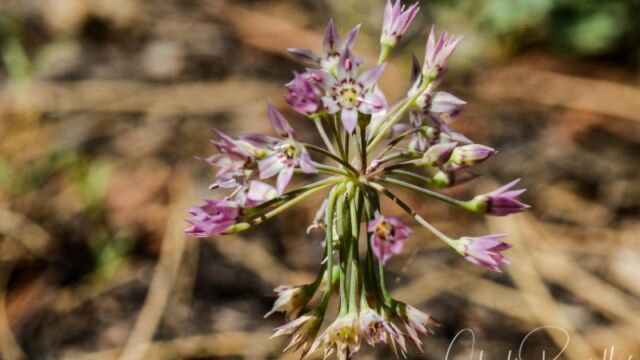
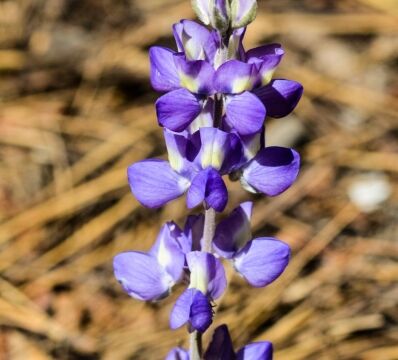
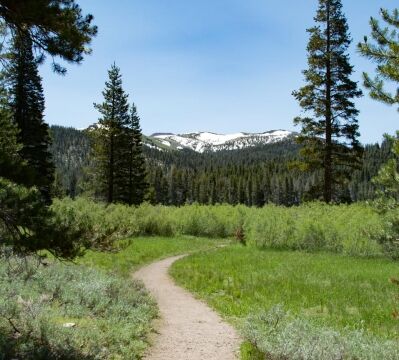
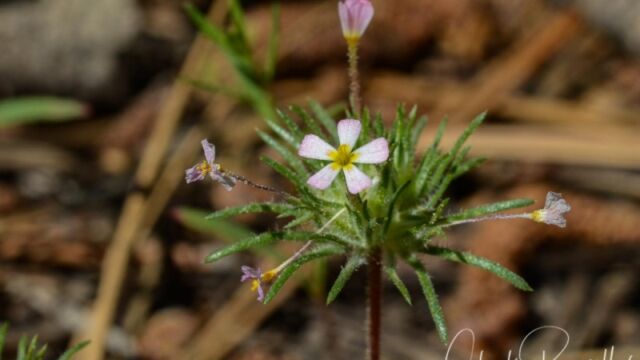
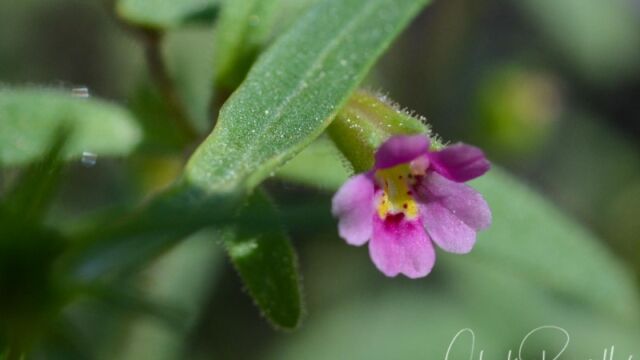

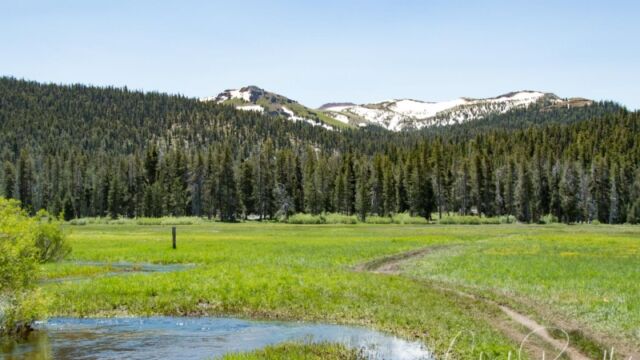

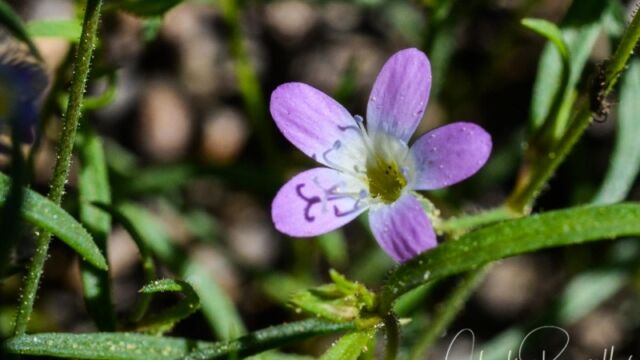
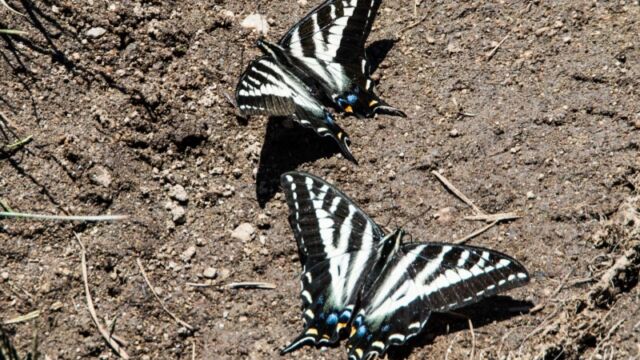
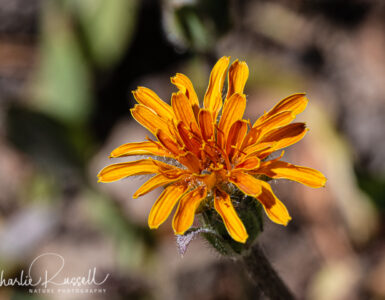
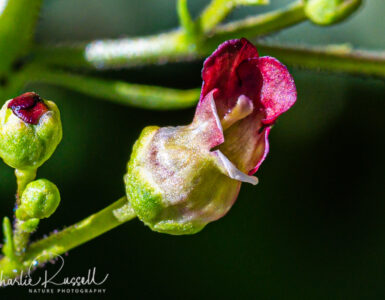
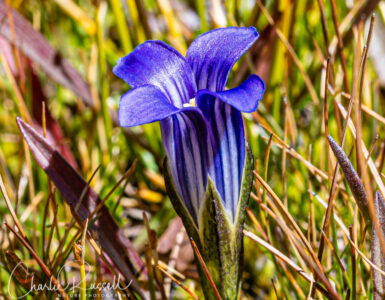
Really good stuff! I hiked south of Carson Pass this week (June 19) and the flowers are starting. The snow is off much sooner than last year, of course. You enabled me to identify lavender gilia! Thank you so much?
Glad I could help!
Fantastic blog! So great to see so many wild flowers cataloged! Many thanks!
Thanks, Elaine! More to come – I’m way behind in getting posts up.